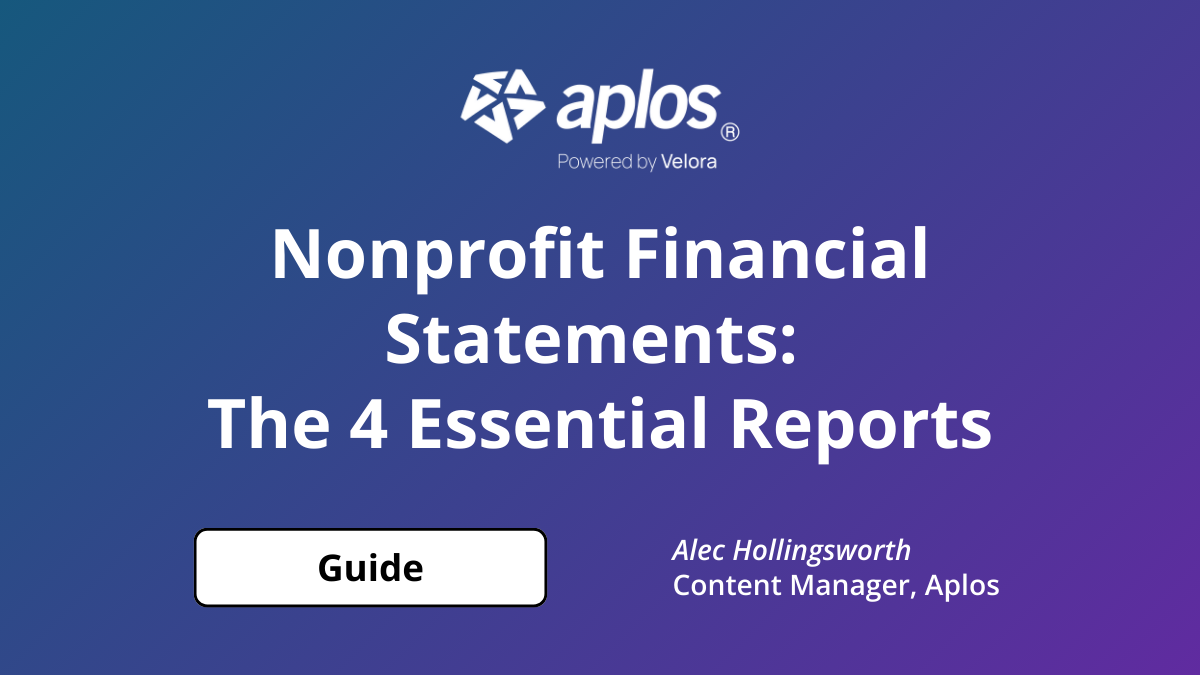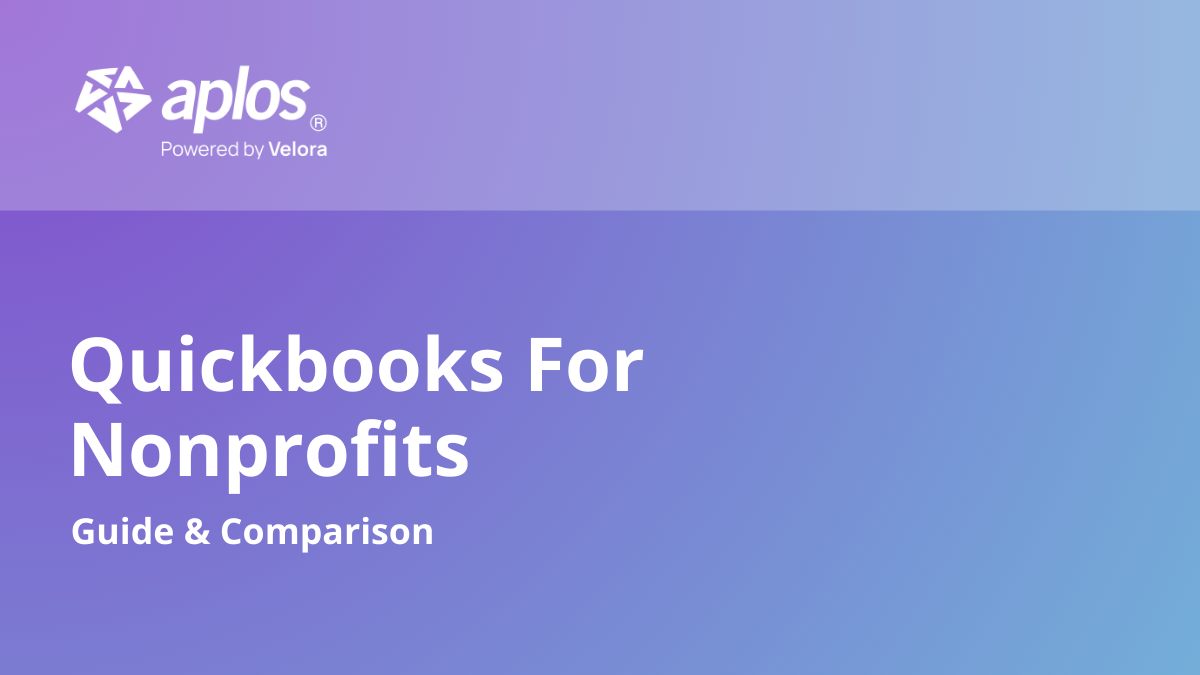
Your donor development effort is not about chasing money; it is about building lasting relationships with your donors. Most donors will give to a nonprofit organization if they feel like they are part of the cause and know their donation is being used well.
This article explores donor development, discusses how it is important, and offers some proven donor development strategies that have been productive for successful nonprofit organizations.
What Is Donor Development?
Donor development typically refers to the methodical, more intensive process of building relationships with donors, particularly top or “major gift” donors. It can obviously be used for smaller donors as well, but it is often reserved for the major donors who may require a bit more attention and nurturing.
The almost instant availability of demographics and personal information via today’s technology makes it practically effortless to implement this next-level personalization strategy.
The Importance of Donor Development
Engaging donors increases your chances of receiving major gifts, which can ultimately lead to stabilizing your organization’s financial health. By developing a multifaceted, tailored donor development strategy, nonprofits can engage new donors and deepen existing relationships. They can create multiple tiers for supporters based on giving levels, and use that information to personalize offers and cultivate relationships. Staying in touch throughout the various phases of a donor’s giving journey can help nurture that relationship.
Successful Donor Development Strategies for Your Nonprofit
Here are 8 tactics that can help your organization’s donor cultivation program thrive.
Get Donors Involved in Your Cause
Donors can feel like they are part of the mission when they are able to serve in an advisory role or volunteer for a project or event. These are excellent opportunities to let current and prospective donors know their input and participation are appreciated.
Leverage Donor Data to Identify Major Donors
By utilizing specialized software, like a nonprofit CRM, you can identify prospective major donors, including their wealth data and social information. You should also be able to create customized workflows.
Be Extremely Clear When Laying Out the Purpose of Your Fundraising Project
Clear communication among your staff, board, and volunteers is the key to successful fundraising. The more transparent you are about your intentions and goals, the better your chances are of getting new and existing donors to give.
Use a Tiered Donation System to Increase Online Giving
Donations are higher when donors are given suggested amounts that help them feel generous. A bit of psychology comes into play here. Numerous studies have shown that when given multiple options, most people will choose the option that is slightly higher than the amount they originally planned on giving.
Another option is to set up two donation pages on your website: one for smaller donors and the other for larger donors. Then tailor the suggested amounts to each type of donor.
Strive to Connect Personally With Both Small and Major Donors
Your donors are the lifeblood of your organization. You want to establish a deep connection with all donors, but this is especially true with major contributors. Major donors want to know that the people running the organization know what they’re doing. They also want to feel like you value their insight, time, and experience.
One simple but often overlooked way to quickly bond with prospective donors is to listen for clues about how they like to communicate. Do they prefer to text? Are they the type of person who hates to talk on the phone but loves to engage on social media? Picking up on small but important traits like these can help you accelerate the relationship-building process.
Learn to Automate Donor Development Campaigns When Appropriate
Automating communications can help ensure every donor feels valued, but it is imperative that you make sure your communications have a personalized touch. If you go about it with a cookie-cutter approach, you risk making potential donors feel like they are just another number.
Email marketing is one of the easiest methods for automating communication. It takes some time and personalization to set a campaign up correctly, but once it is created, you can keep it running indefinitely.
Ask Questions Before Asking for a Donation
This is a simple concept and is pretty much the foundation of any close relationship. For the donation request to feel natural and easy, you first need to ask questions unrelated to the donation. Make a point of asking about hobbies, sports, movies, etc. to let the prospective donor know you are sincerely interested and invested in building a relationship with them.
An additional question that helps build rapport involves asking someone for advice. Seeking the advice of a potential donor lets them know you truly appreciate their insight and opinions.
Find Creative Ways to Show Your Appreciation
Not all donors want or need public recognition, but most of them do want to feel appreciated. One way to publicly thank them is on your annual report. If they prefer not to be publicly thanked, show your appreciation for their time via a phone call, through a handwritten letter, or by sending a short text thanking them for their appearance at a fundraising event to make them feel valued.

Going the extra mile to let potential donors know you appreciate their time often leads to engagement in your cause, which can often lead to a first-time donation and potentially an eventual major gift.
Assistance With Donor Development Strategies
Whether you are new to the nonprofit world or you are a seasoned vet, donor management can be quite challenging. Between acquiring new donors, keeping prospective donor profiles up to date, and engaging and retaining current donors, there are a lot of hats to wear.
Thankfully, Aplos has created software that can tackle all of these tasks and much more. This powerful platform allows you to manage donors, organize and market your fundraisers, track donations, and even account for funds.
See why thousands of nonprofit organizations use Aplos to manage and nurture donor relationships. Try Aplos free for 15 days.
Free eBook: Jumpstarting Your Fundraising Efforts
Most nonprofit organizations, regardless of their size, have too many things to do and too little time or not enough people to do it. Balancing daily tasks and trying to raise money can be challenging and overwhelming, so Aplos put together this eBook to help you build strong foundations of sustainable fundraising and financial accountability.
This free eBook provides info on:
- Reviewing your donor database
- Building better relationships
- Reviewing your fundraising plan
- Creating a specific donation page
- Publishing an e-newsletter
- Growing your sustainable giving
- Engaging and mobilizing your board

Our comprehensive closeout services start at $399 per month that needs to be reconciled. Sign up before Jan 1st and pay just $199.50 per month!
Copyright © 2025 Aplos Software, LLC. All rights reserved.
Aplos partners with Stripe Payments Company for money transmission services and account services with funds held at Fifth Third Bank N.A., Member FDIC.
Copyright © 2024 Aplos Software, LLC. All rights reserved.
Aplos partners with Stripe Payments Company for money transmission services and account services with funds held at Fifth Third Bank N.A., Member FDIC.



.png)



